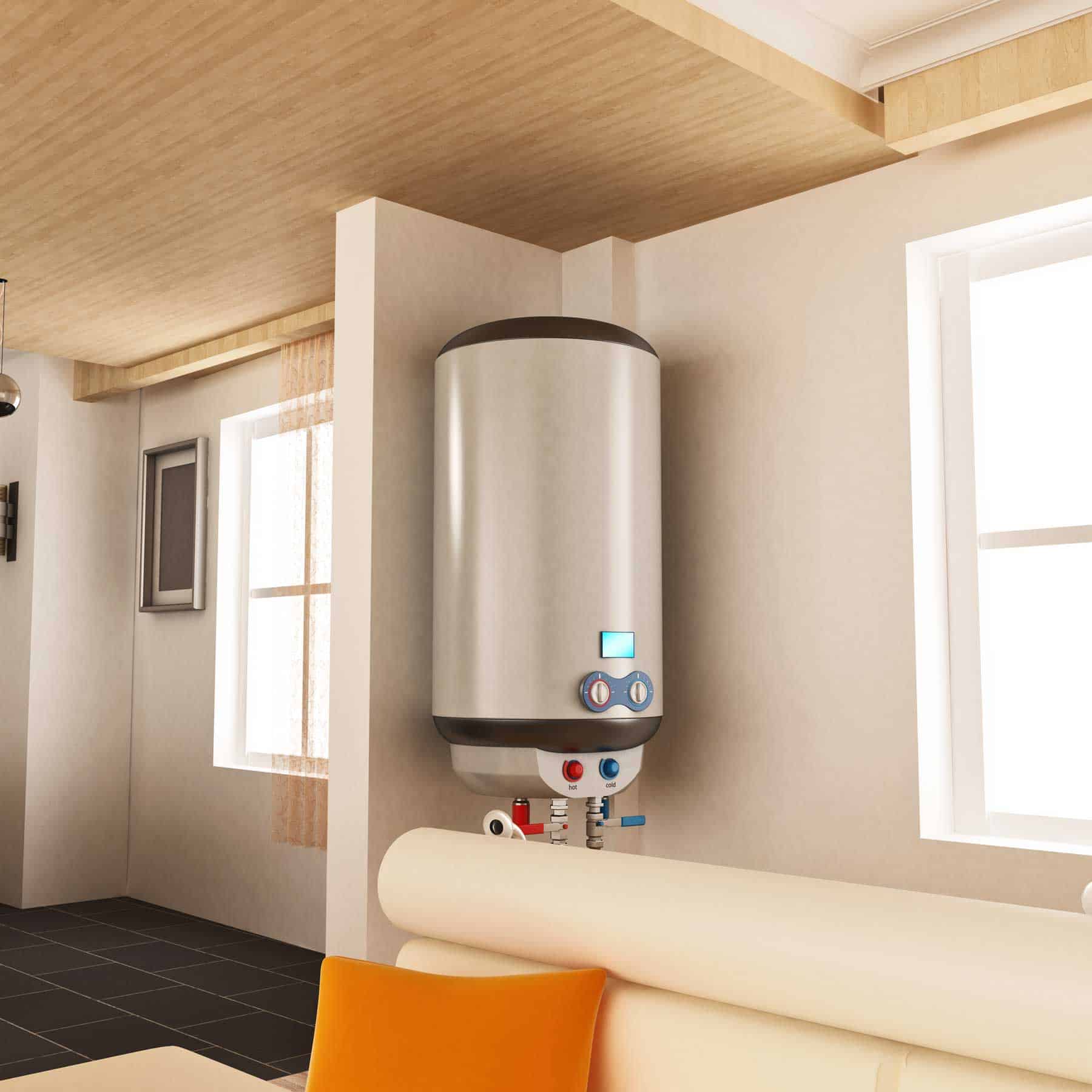How to Keep Your Home's Hot Water System Functioning Well
How to Keep Your Home's Hot Water System Functioning Well
Blog Article
They are making a number of great points on How to Maintain Your Water Heater & Prolong its Life in general in the article down below.

Hot water is essential for everyday comfort, whether it's for a refreshing shower or cleaning meals. To ensure your warm water system runs effectively and lasts much longer, routine upkeep is crucial. This article gives useful pointers and insights on just how to maintain your home's hot water system to stay clear of disruptions and expensive repairs.
Introduction
Preserving your home's hot water system could appear complicated, however with a couple of simple actions, you can guarantee it runs efficiently for years to come. This guide covers everything from comprehending your warm water system to do it yourself maintenance ideas and recognizing when to call expert help.
Relevance of Keeping Your Hot Water System
Normal maintenance not just extends the lifespan of your hot water system but also guarantees it operates efficiently. Disregarding maintenance can bring about decreased effectiveness, higher energy bills, and even premature failing of the system.
Indications Your Hot Water System Demands Maintenance
Recognizing when your warm water system requires focus can protect against significant problems. Keep an eye out for signs such as inconsistent water temperature, odd noises from the heating unit, or corroded water.
Comprehending Your Warm Water System
Prior to diving into maintenance jobs, it's helpful to comprehend the standard components of your hot water system. Normally, this consists of the hot water heater itself, pipes, anode rods, and temperature controls.
Monthly Maintenance Tasks
Regular regular monthly checks can assist catch minor issues before they escalate.
Flushing the Hot Water Heater
Purging your hot water heater eliminates sediment buildup, improving performance and lengthening its life.
Checking and Replacing Anode Rods
Anode poles prevent deterioration inside the storage tank. Checking and replacing them when worn is crucial.
Checking and Changing Temperature Level Setups
Adjusting the temperature setups ensures ideal efficiency and safety and security.
DIY Tips for Maintenance
You can perform numerous upkeep tasks on your own to keep your warm water system in leading problem.
Checking for Leakages
On a regular basis inspect pipes and links for leakages, as these can lead to water damage and higher expenses.
Checking Stress Alleviation Valves
Testing the pressure relief valve ensures it works properly and stops extreme stress build-up.
Shielding Pipelines
Protecting hot water pipes decreases heat loss and can conserve power.
When to Call an Expert
While do it yourself maintenance is helpful, some issues call for specialist proficiency.
Facility Issues Calling For Expert Aid
Instances include significant leaks, electric issues, or if your water heater is consistently underperforming.
Routine Specialist Maintenance Perks
Professional upkeep can include comprehensive examinations, tune-ups, and making sure compliance with security standards.
Final thought
Normal maintenance of your home's hot water system is crucial for efficiency, durability, and expense financial savings. By following these suggestions and understanding when to seek professional assistance, you can ensure a reliable supply of warm water without unexpected interruptions.
How to Maintain an Instant Hot Water Heater
Before tinkering with your hot water heater, make sure that it’s not powered on. You also have to turn off the main circuit breaker and shut off the main gas line to prevent accidents. Also turn off the water valves connected to your unit to prevent water from flowing into and out of the appliance. 2. When you’re done, you have to detach the purge valves’ caps. These look like the letter “T†and are situated on either side of the water valves. Doing so will release any pressure that has accumulated inside the valves while at the same time avoid hot water from shooting out and burning your skin. 3. When the purge valves’ caps are removed, you have to connect your hosing lines to the valves. Your unit should have come with three hoses but if it didn’t, you can purchase these things from any hardware or home repair shops. You can also get them from retail stores that sell water heating systems. Read the user’s manual and follow it to complete this task properly. When the hosing lines are connected, open the purge port’s valves. 4. You should never use harsh chemical cleaners or solutions when cleaning your unit. Make use of white vinegar instead. It should be undiluted and you’ll probably use about 2 gallons. 5. Now flush your water heater. This task should probably take about 40 minutes. We can’t give you specific directions for this because the procedure is carried out depending on the type, model and brand of your heater. With that being said, refer to the user’s manual. 6. When you’re done draining the unit, you have to turn off the purge port valves again. Remove the hosing lines that you earlier installed on each of the water valves. Put the valve caps (purge port) back in their respective places and be very careful so as not to damage the rubber discs that are found inside these caps. 7. Now that everything’s back in place, check your user’s manual again to find out how to reactivate your water heating system. 8. Once it is working, turn one of your hot water faucets on just to let air pass through the heater’s water supply pipes. Leave the tap on until water flows smoothly out of it. https://www.orrplumbing.com/blog/2014/september/how-to-maintain-an-instant-hot-water-heater/

I'm very fascinated by Tips on Maintaining a Water Heater and I'm hoping you appreciated my blog post. Do you know another person who is very much interested in the topic? Do not hesitate to share it. Many thanks for your time. Revisit us soon.
Book Your Installation Report this page